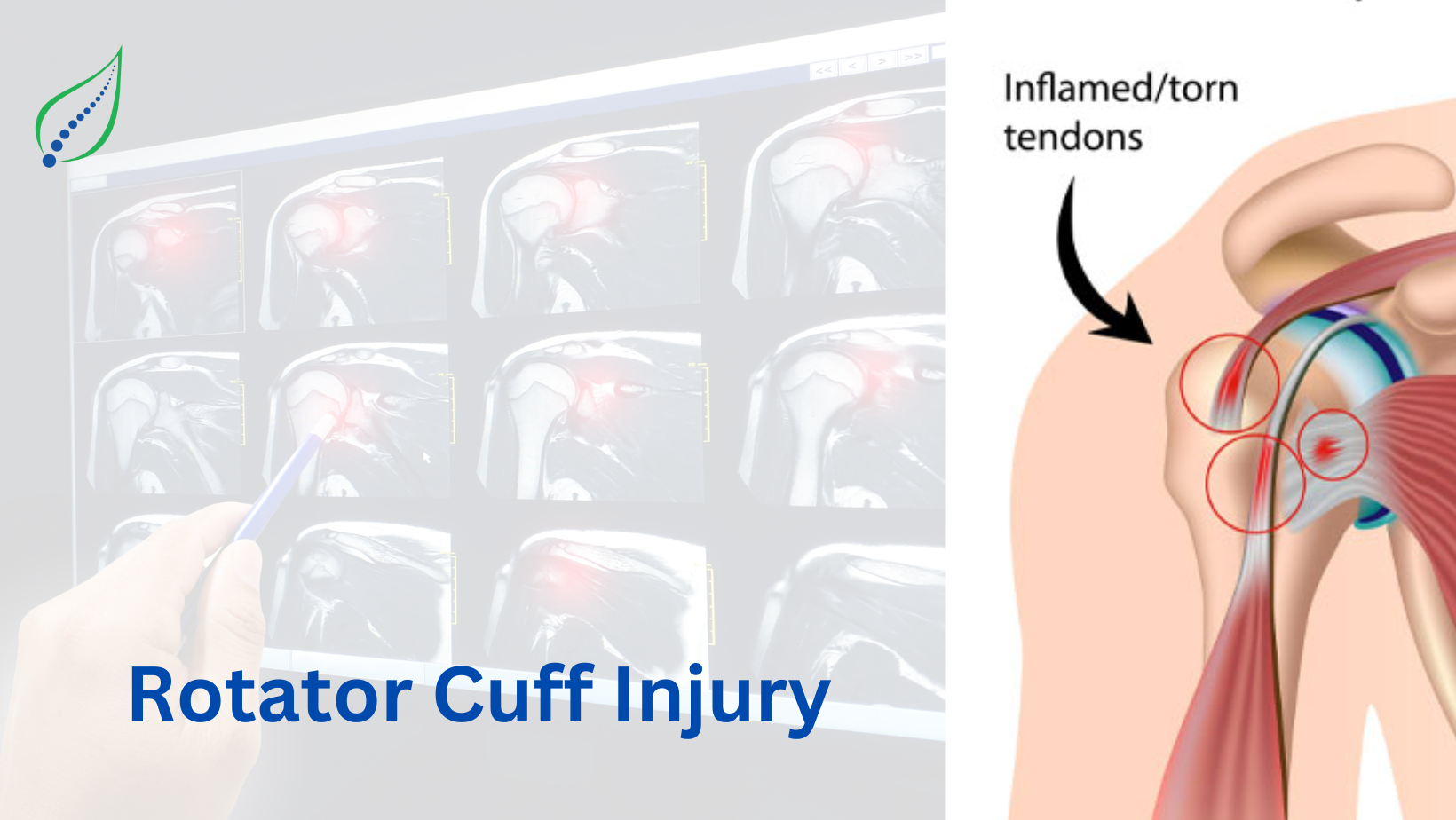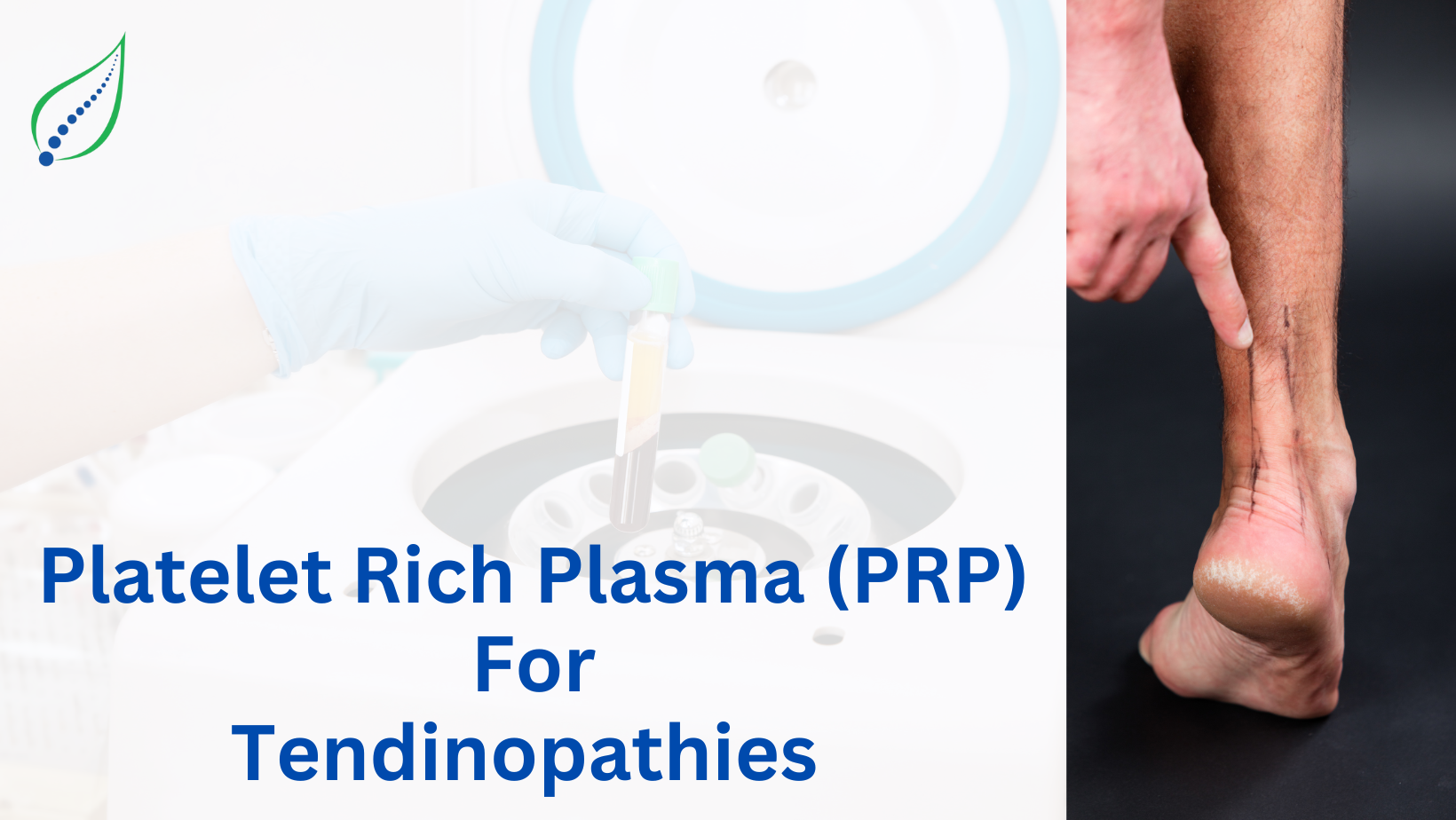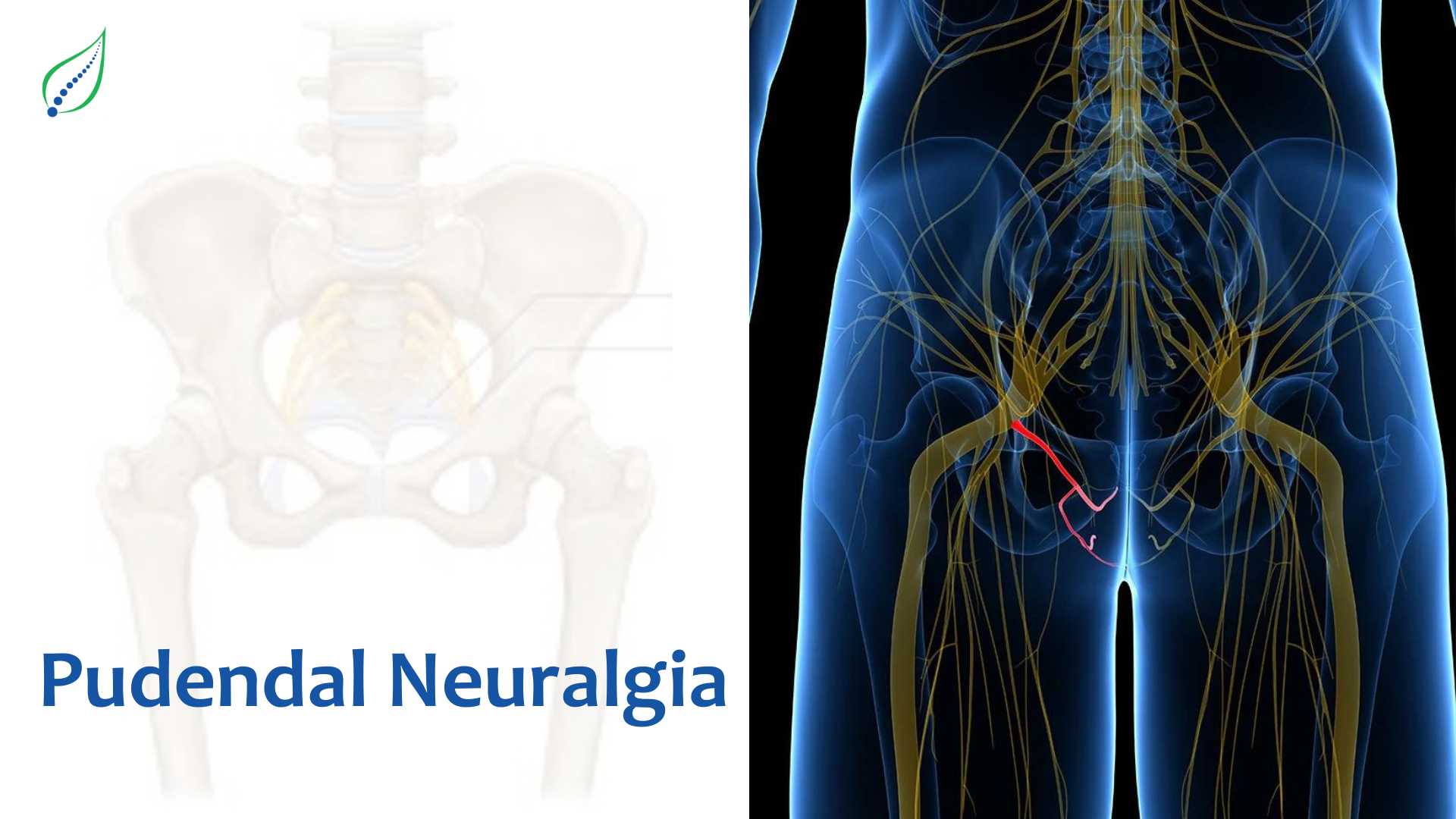Rotator Cuff Tear
The rotator cuff is a group of muscles and tendons that surround the shoulder joint, keeping the head of the upper arm bone firmly within the shallow socket of the shoulder. When one or more of the rotator cuff tendons is torn, the tendon becomes partially or completely detached from the head of the humerus.
In most rotator cuff tears, the tendon is torn away from the bone.
Most tears occur in the supraspinatus tendon, but other parts of the rotator cuff may also be involved.
There are different types of tears:
- Partial tear: This type of tear does not completely detach the tendon from the bone. It is called partial because the tear goes only partially through the thickness of the tendon. The tendon is still attached to the bone, but it is thinned.
- Full-thickness tear: With this type of tear, there is detachment of part of the tendon from the bone.
- Full thickness incomplete tear: When only a small part of the tendon is detached from the bone, it is referred to as a full-thickness incomplete tear.
- Full thickness complete tear: When a tendon is completely detached from the bone, it is referred to as a full-thickness complete tear. With a full-thickness complete tear, there is basically a hole in the tendon.
Symptoms of rotator cuff tear includes:
- Difficulty in raising arm.
- Discomfort while lying on or moving your arm in specific ways.
- Weak in your shoulder.
- Unable to lift something.
- During arm movements, one may hear popping or clicking sound.
Examiner will always begin by asking about medical history and performing a physical examination of your shoulder to determine whether is a torn rotator cuff.
Assessment of muscular strength and range of motion is done during the examination. Also, movements shoulder of shoulder is noticed.
Further, some scans such as:
- MRI, which gives the precise images of shoulder using radio waves and a strong magnet.
- X-rays to check if the humeral head, the top of arm bone, is pushing on the rotator cuff space.
- Ultrasound to see the bursae, tendons, and muscles in your shoulder.
Almost 80% of patients with rotator cuff injuries report symptom improvement with nonsurgical therapy. These types of therapies consist of:
- Resting the injured arm.
- Applying hot or cold packs to reduce swelling
- Exercise to restore strength of muscles and its motion.
- Physiotherapy
- Injecting cortisone, a steroid that helps to lessen inflammation in the affected area.
- Wearing a sling to isolate arm motions.
- Anti-inflammatory drugs such as ibuprofen and naproxen.




